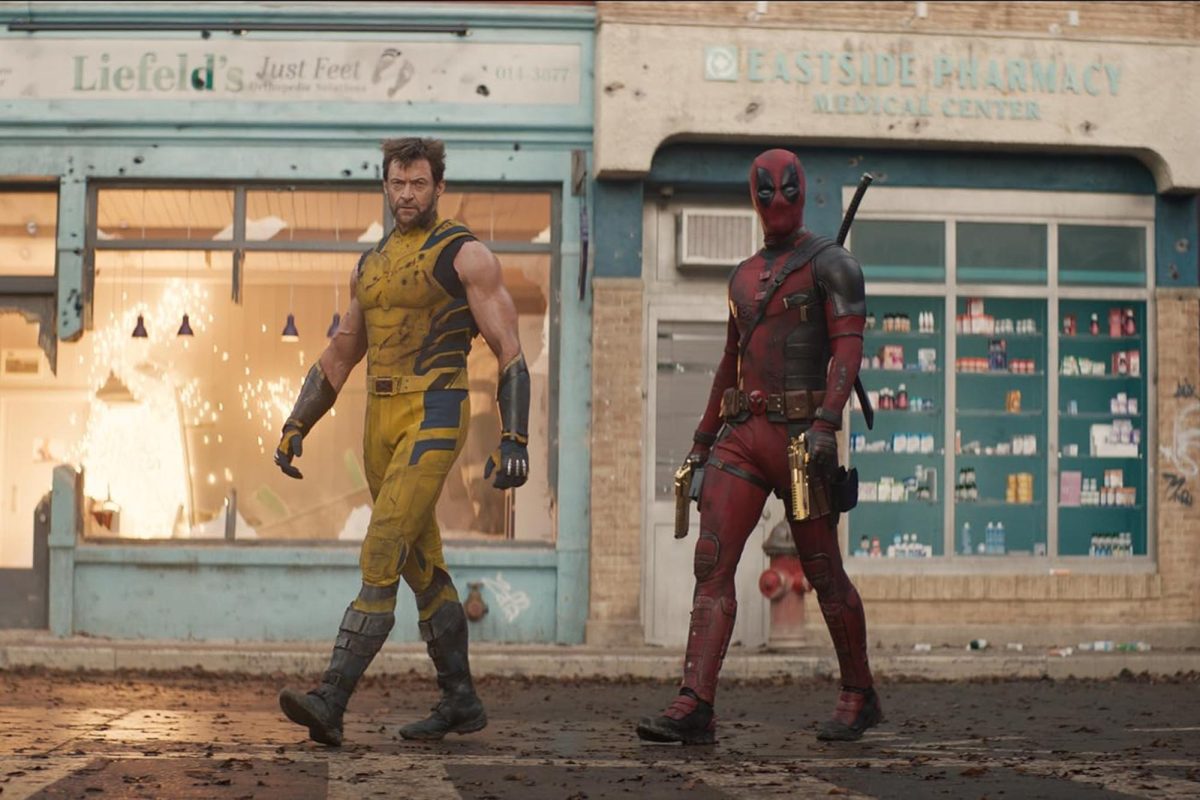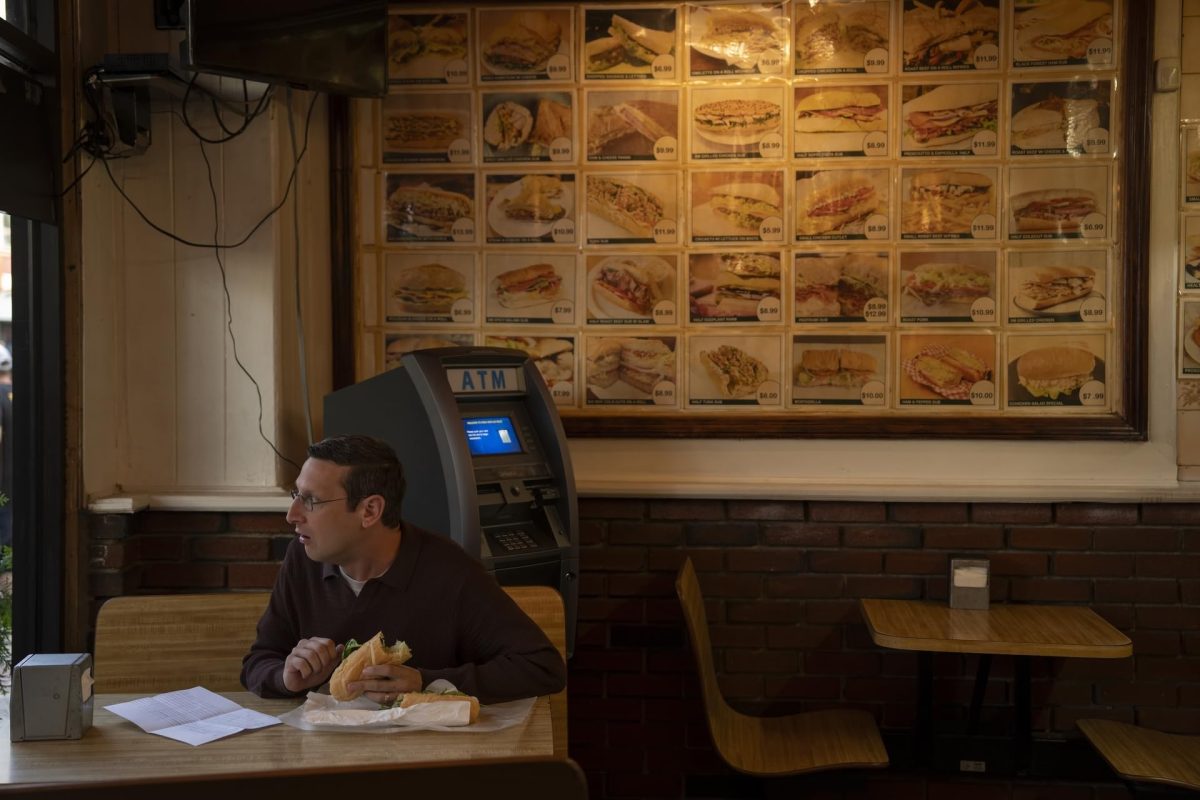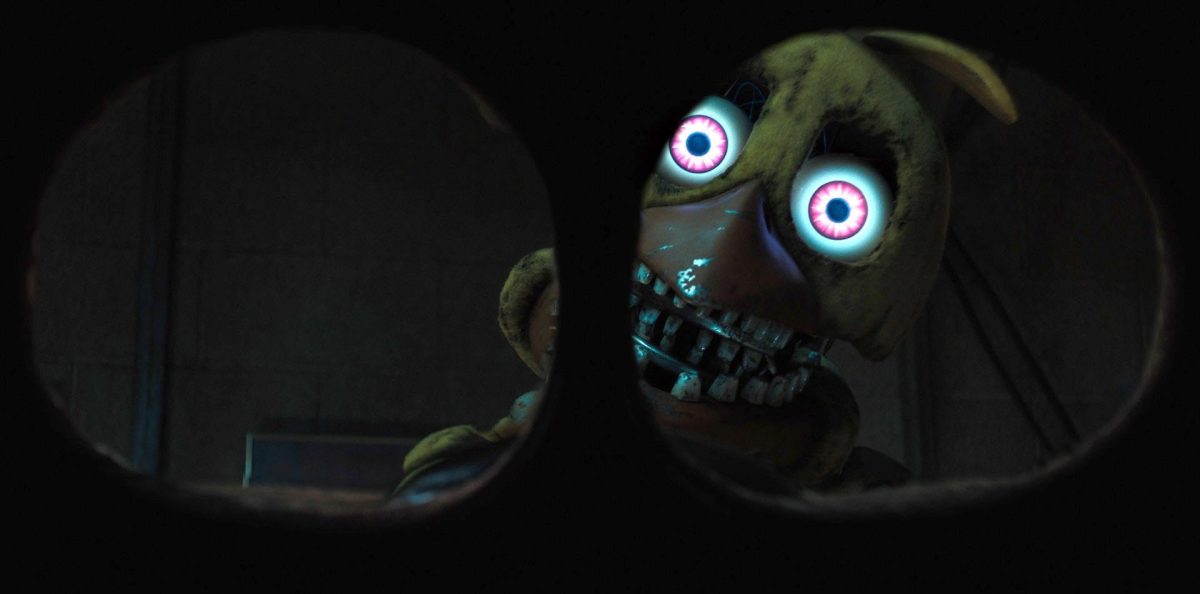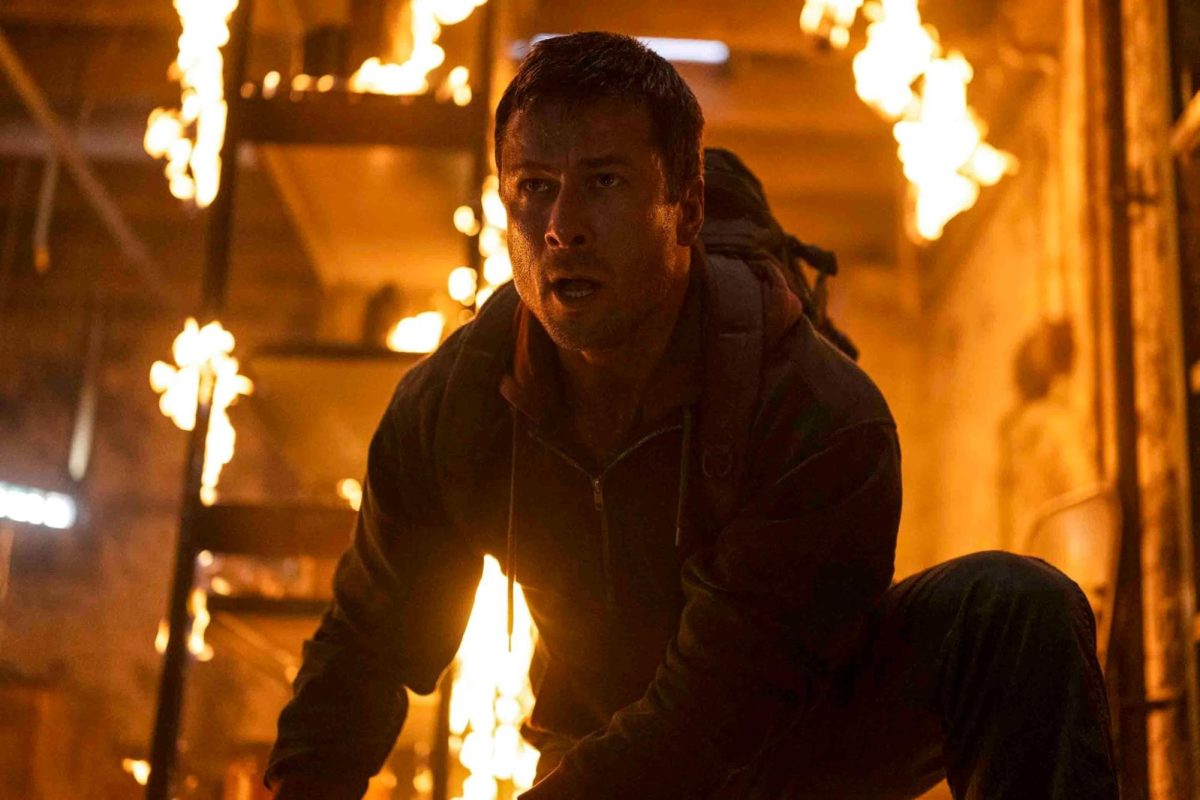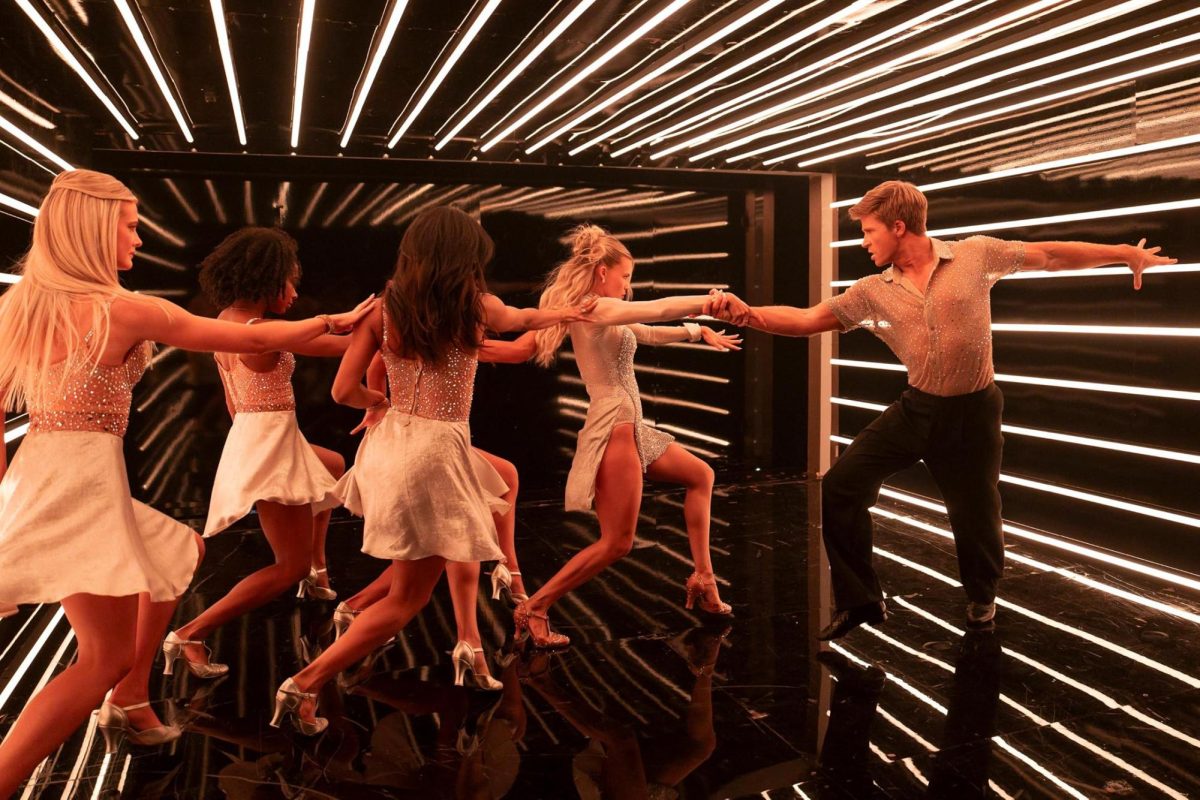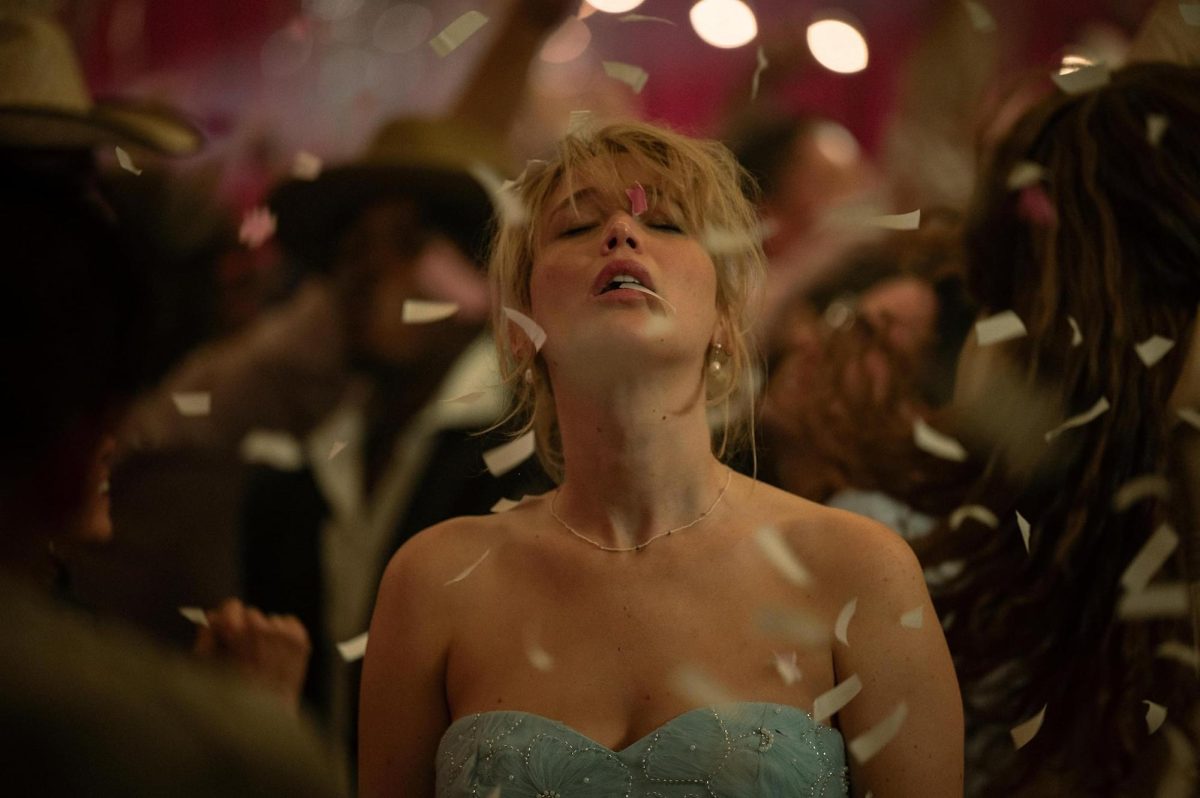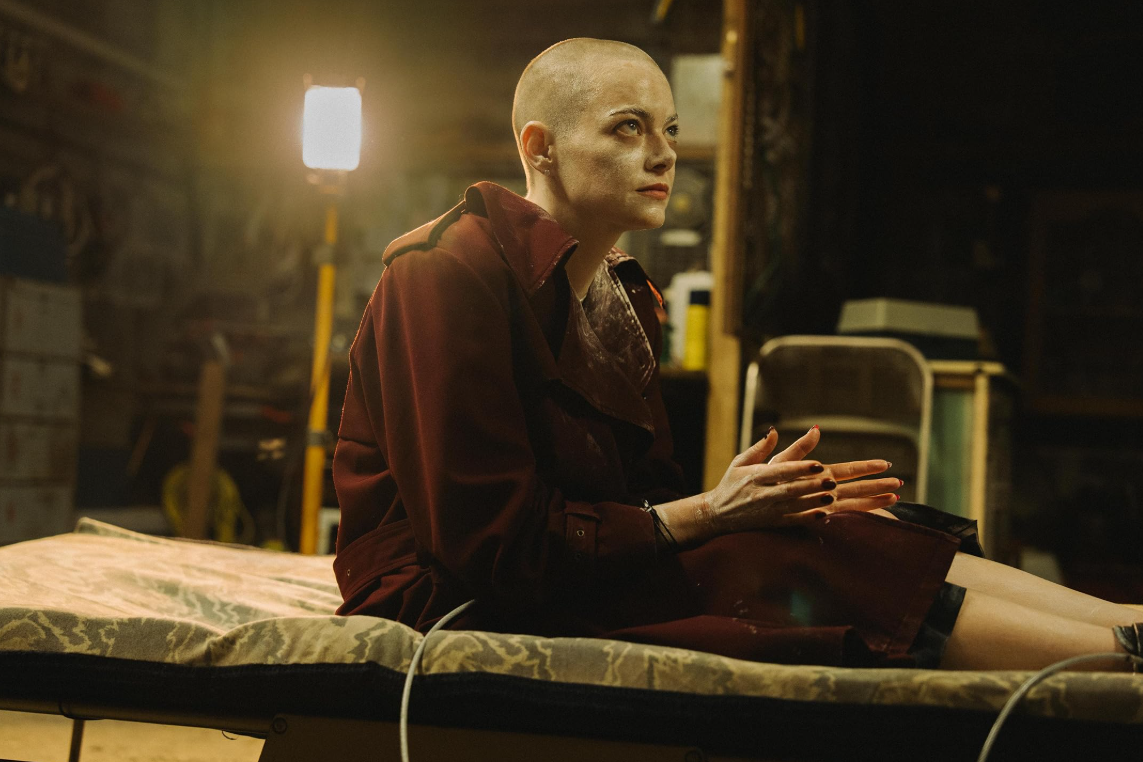Rating: 7/10
*THIS IS A SPOILER-FREE REVIEW*
There’s no doubt that the newest entry in the Marvel Cinematic Universe “Deadpool & Wolverine,” directed by Shawn Levy, has set itself with high expectations.
Not only does the film attempt to integrate 20th Century Studios’ Marvel universe into the MCU, but it also brings back Hugh Jackman and his portrayal of Wolverine after the character’s death back in 2017.
Get The Daily Illini in your inbox!
Did the film succeed at meeting these expectations while managing to be a well-made film?
Surprisingly, yes, although it came at the expense of what felt like a lightly mangled story that attempts to cobble together almost 30 years of Marvel movies not made by Disney or Sony.
Taking place six years after “Deadpool 2,” we see Deadpool (Ryan Reynolds) at a new low. After deciding to leave the life of a mercenary behind to focus on being a civilian, he gets approached by the Time Variance Authority, who look to bargain with him after revealing that his timeline is about to collapse since Deadpool’s timeline version of Wolverine died.
Deadpool assumes that he can find another Wolverine from any other timeline and bring him into his timeline to save it, so he brings a reluctant Wolverine from another timeline to go on a journey to save both Deadpool’s world and possibly fix this specific Wolverine’s timeline.
The film sets up the existence of “anchor beings” which act as a respective timeline’s sole reason to remain existing. Should a timeline’s “anchor being” die, that timeline will begin to decay away until it ceases to exist.
By introducing the concept of “anchor beings,” the movie brings forth a new piece of lore to the MCU that helps raise the stakes of this singular story and any future stories regarding the TVA and their monitoring of the multiverse, which was first introduced in season one of “Loki.”
However, it doesn’t all turn out well for the movie’s story, as it seems as if many corners were cut in the writing room while trying to fit everything together with little to no precedent.
For example, Vanessa Carlysle (Morena Baccarin), Deadpool’s fiance from the first two films, almost inexplicably is no longer with Deadpool. Because of that, one of Deadpool’s only motivations throughout the story is to try and win Carlysle back.
It ends up feeling kind of cheap to include Vanessa in the story just to be a simple love interest, compared to her role in the first two films as an actual character who guides Deadpool.
Arguably, all of these issues seem to come from one problem, or technically five problems seeing as how “Deadpool & Wolverine” had five writers working on the project.
In comparison, the first film had two writers (Rhett Reese and Paul Wernick) and the second film had a total of three, consisting of the same two writers and Ryan Reynolds.
“Deadpool & Wolverine” saw the return of Reese, Wernick and Reynolds, but also two more writers joined the project: Zeb Wells and Shawn Levy.
By having five different writers add their two cents to a script for a movie of this magnitude, it doesn’t matter just how much content each writer put into the final product, the result still feels like a Frankenstein’s monster-esque story.
However, something that the story does right is focus mainly on Deadpool and Wolverine rather than trying to share the spotlight with various other side characters. Deadpool’s friends and family from the first two films — such as Dopinder (Karan Soni), Blind Al (Leslie Uggams) and more — make their return, however, they are simply there to establish Deadpool’s timeline rather than be an active part of the story.
Not only does this decision to focus less on the side characters allow for more time with both Deadpool and Wolverine, but it also fits the description that Levy gave in regards to where the movie stands compared to the first two films.
“It’s very much a Deadpool movie, but this is not Deadpool 3. This is Deadpool & Wolverine, and it is singular because of that,” Levy said in an interview with Collider.
When it comes to the performances in the film, Reynolds and Jackman stand out as you can feel the energetic chemistry between both actors in their roles. There’s no denying that if anyone was going to pull off a crossover between both iconic comic book characters, it would be them.
If one thing is well-known about Deadpool and the character’s comics, movies and more, it’s that he likes to break the fourth wall and make meta jokes about almost anything.
In “Deadpool & Wolverine,” this is no different. Throughout all of the movie, Deadpool often will crack several jokes poking fun at both the current state of the MCU and the absurdity of older Marvel movies as well as jokes about modern-day life.
However, the jokes that poke fun at the ongoing poor reception of the MCU ultimately come off as a lame attempt to excuse the poor entries, rather than try to improve upon said entries.
For most of the other jokes, they often land, but there’s no denying that by making these kinds of remarks, the movie inadvertently dates itself, possibly making future rewatches not hit the same way it does now.
This can also be said about most of the cameos made throughout the film; although it’s nice to see certain characters make an appearance, every reveal has a couple of seconds of flair that was more likely than not added just to give the audience time to clap.
Not to mention that the overall state of some of these cameos in the MCU is left ambiguous and if some characters were to not return, it could leave many wondering what happened to them.
Speaking about cameos, in “Deadpool & Wolverine” there’s one overarching “theme” this time around, and it’s Marvel movies that came out before and during the MCU that are not a part of that universe, such as the X-Men films.
These cameos don’t overstay their welcome and felt like a great way to honor the legacy those movies left behind. This is a nice fresh breath of air, because, for once in a long while, these appearances don’t make the whole film feel like a shallow excuse to set up the next plot point in the series.
Instead, all of these cameos felt like a love letter to the movies that many people have grown up with.
Additionally, there are also a great number of references to several of the comics from both of the titular characters that will bring a smile to any keen-eyed viewer or fan.
Action is also one of the most beloved parts of the “Deadpool” franchise as it was one of the first few modern Marvel movies to adopt an R-rating, with its violent fight scenes and crude humor. In this new movie, the action not only keeps up with the pace of the previous films, but it ups the ante with each fight sequence finding creative ways to differ from each other.
Furthermore, the over-the-top action pairs well when watching the film in IMAX 3D, as several action sequences will have elements of the fight flying at the viewer and past the frame of the film, only adding a deeper sense of immersion with Deadpool’s fourth-wall-breaking personality.
However, it’s important to note that “Deadpool & Wolverine” was not shot for IMAX and has an aspect ratio of 2.39:1, compared to the typical digital IMAX aspect ratio of 1.9:1.
This means that unlike several other Marvel films like “Guardians of the Galaxy Vol. 3” and “Avengers: Endgame,” watching “Deadpool & Wolverine” in an IMAX auditorium will not (in a technical sense) show more of the film; however, it will use IMAX’s 6-track audio which takes advantage of the special speaker setup for IMAX auditoriums for an immersive audio experience.
“Deadpool & Wolverine” is by no means a perfect movie, but it’s a fun time full of memorable moments and a sense of care for the movies that lead up to this point. Though, when you take a deeper look into the story and how it plays out in the long run, it’s clear just how many cracks there are that result in what is arguably the weakest entry in the series, regardless of how many cameos Marvel Studios might try to entice you with.



